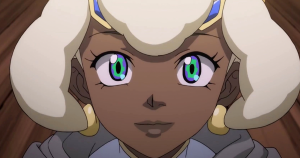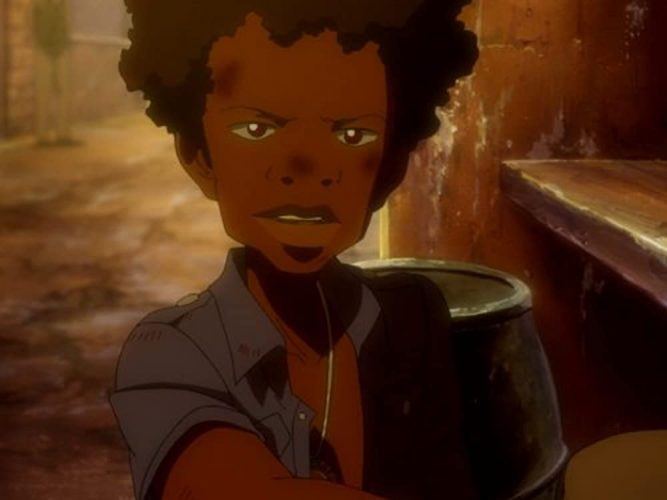
Black History Month is quite often the same thing across the board when it comes to the anime community. We see mood boards of black characters who have appeared in various shows across various eras, a gesture of appreciation for the few black characters who make an appearance in the anime or manga we love.
Something that happens; however, almost akin to how anime fans often conflate the pale skin of anime characters with whiteness, darker-skinned anime characters are almost always designated “Black”, even if they really aren’t.
Oftentimes, characters who are given a shade of brown for their skin only appear that way because of cosmetic reasons. Enter the late 90s/early 2000s fashion trend of “ganguro”, literally “blackface”.
Racism
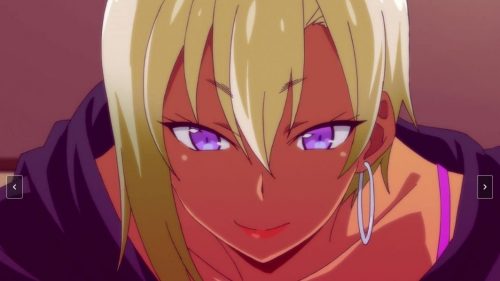
For those who don’t know, blackface entails the wearing of makeup in an attempt to perform a caricature of blackness and black people. It has its origins in the racist minstrel shows of 19th century America, but it’s a global phenomenon that exists to this very day in movies, music, theatre, and even festivals. The point of blackface is to ridicule and propagate stereotypes about black people. The point on stereotypes is really important in this discussion about black people in anime.
Blackface doesn’t just end at painting one’s skin darker; often exaggerations of black people’s physical features and mannerisms coincide with incidents of blackface. Exaggerations of physical features, caricatured mannerisms and horrible characterisations of black people exist in virtually all entertainment media, and anime is no different.
Back to ganguro; however. Ganguro was part of a Japanese beauty counterculture in the late 90s to early 2000s. It was part of a very punky aesthetic that employed darkened skin and bright makeup, and even a “rough’n’tough” demeanour in those who participated. This ended up being known as the “gyaru” (gal) archetype, an obvious polar opposite to the Japanese “ideal” of womanhood - the Nadeshiko, or the Japanese housewife.
Influence
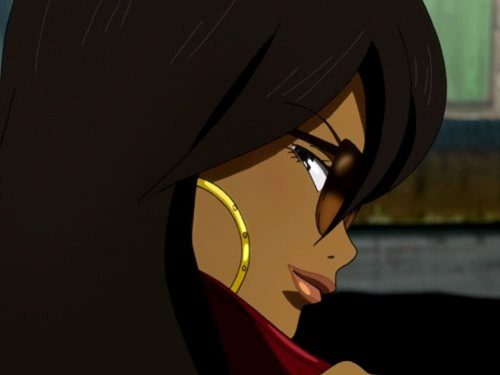
The late 90s to early 2000s were also an era known for the mainstreaming of Hip-Hop as a genre in music, but also as a culture. Hip-Hop, with its anti-establishment sentiments and gritty, self-assured persona has become influential in the American cultural zeitgeist, but also become a global phenomenon that is capable of influencing anything from anime to fashion. In the case of the gyaru, many different aspects are borrowed from the mannerisms of black American popular culture, i.e, Hip-Hop.
An unfortunate reality of blackness in the world in which we live is the fact that many things are “borrowed” from black identities and cultures in a way that never credits black people for their influence. We could talk about the appropriation of black intellectual property inclusive of culture for the next century, but we’re getting off track.
The point of the gyaru archetype was to subvert beauty standards - where fairer skin is preferred to darker skin, people involved set out to make darker skin trendier, based on the assumption that darker is uglier. We can see the obvious problem in the utilisation of darker skin to that effect - it pretty much reaffirms the ideas surrounding the beauty standards it set to subvert.
In an attempt to broaden the scope of what constitutes beauty, the gyaru archetype popularised a grittier, less restrained manner of speaking and being, raising a middle finger to the expectation of Nadeshiko “perfection” of Japanese women.
Popular characters of the Nadeshiko archetype include Kocho Shinobu from Kimetsu no Yaiba (Demon Slayer), the Macrophage from Hataraku Saibou! (Cells at Work!), Akari from 3-Gatsu no Lion (March Comes in Like a Lion) and even Retsu Unohana from BLEACH. Nadeshikos are seen as polite, petite, fair maidens of utmost sophistication and grace, and their manner of speaking lends itself to these effects.
The Gyarus Just Wanna Have Fun
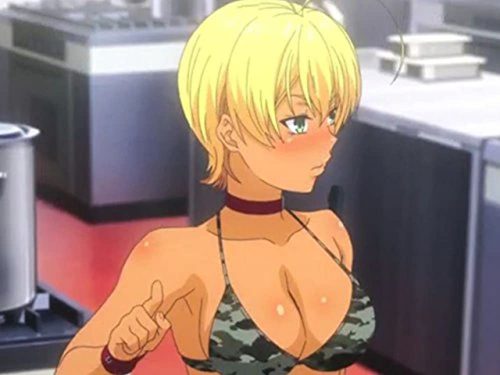
So what do any of these have to do with black anime characters? Literally everything. Many of the characters hailed as black characters in anime are actually just representations of the gyaru archetype in Japanese media. Like the Nadeshiko, the Gyaru and all her permutations have solidified their place in the collection of archetypes in Japanese media, especially anime. The gyaru archetype has become something akin to a Japanese “Mean Girl” (as in the movie "Mean Girls") and in the same way that there are still “dumb blondes” in American media, Japanese media has gyarus in ganguro.
Ganguro makes people consider them to be black characters when they are not. Popular examples of this include Shokugeki no Souma (Food Wars!) character Mito “Nikumi” “Ikumi”, moniker “The Meat Master”, whose darkened skin, provocative fashion choices, and blonde hair (probably dyed) are all a calling card to her status as Shokugeki no Souma’s resident gyaru.

Sometimes people include characters whose origins are an in-universe equivalent of the Middle East or India in conversations about black characters. This is inclusive of characters like Ed from Cowboy Bebop, Scar and the Ishvalans from Fullmetal Alchemist and of course, Piccolo from Dragon Ball Z, whose honorary black status stems partly from his attire which is said to have Moorish inspirations, and partly from half-serious jokes about him being the only black character in the Dragon Ball universe.
Celebrating Small Steps in the Right Direction

Such statements are obviously false because the Dragon Ball universe is racially diverse and features many different black characters (pretty much all of whom are racist caricatures with thick pink round lips reminiscent of the “black people” from minstrel shows). Some of the worst designs of black people in anime can be found in the anime of the 80s, 90s, and early 2000s, but there have been many times when black characters’ designs were respectful and dignified, not to mention not based on racist caricatures. Please note that this list is by no means exhaustive, but merely meant to illustrate a point:
- Michiko Malandro from Michiko and Hatchin, whose very design was based on the RnB singer Aaliyah (2008), although her race is very controversially a fictional in-universe race known as “Pardo”.
- Atsuko Jackson from the same show
- Matthieu from Eureka Seven (2005)
- Canary from Hunter x Hunter (2011)
- November from Darker than Black (2008)
- Mira Naigus from Soul Eater (2008) is one of a few black characters in stories authored by Okubo Atsushi, an artist who has always drawn black people in dignified ways, including Ogun from Fire Force Season 2 (2020)
- Rock Lock from Boku no Hero Academia Season 4 (My Hero Academia) (2020)
- Musa Kamara from Run With the Wind
- Onyankopon from Shingeki no Kyojin (Attack on Titan) Final Season (2020/2021)
- Many characters from Cannon Busters (2019)
Some characters have designs leaning towards a more problematic aesthetic reminiscent of minstrel shows with huge exaggerated pink lips, large eyes, and flaring noses. One Punch Man, Dragon Ball, The Promised Neverland, and various other titles are responsible for featuring such racist depictions of black people.
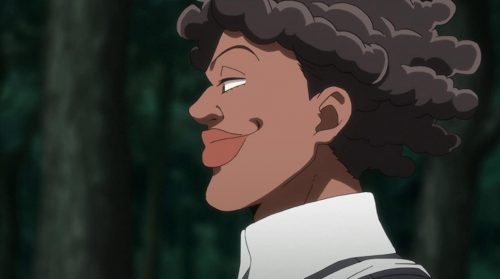
Final Thoughts
More recently, depictions of black people in anime have moved away from the minstrel-esque designs of the past into something that feels less like they’re making fun of black people. There is still a long way to go considering the severe racism in the anime community, but we can still enjoy the little bit of improvement while doing everything we can to make the few dignified characters and designs a norm.
Fans’ readiness to label any character with a slightly darker skin tone as black only reiterates the severe lack of good representation within the media of anime and manga. The medium we love is by no means perfect, but we should always do what is necessary to make it better for all who enjoy it.


